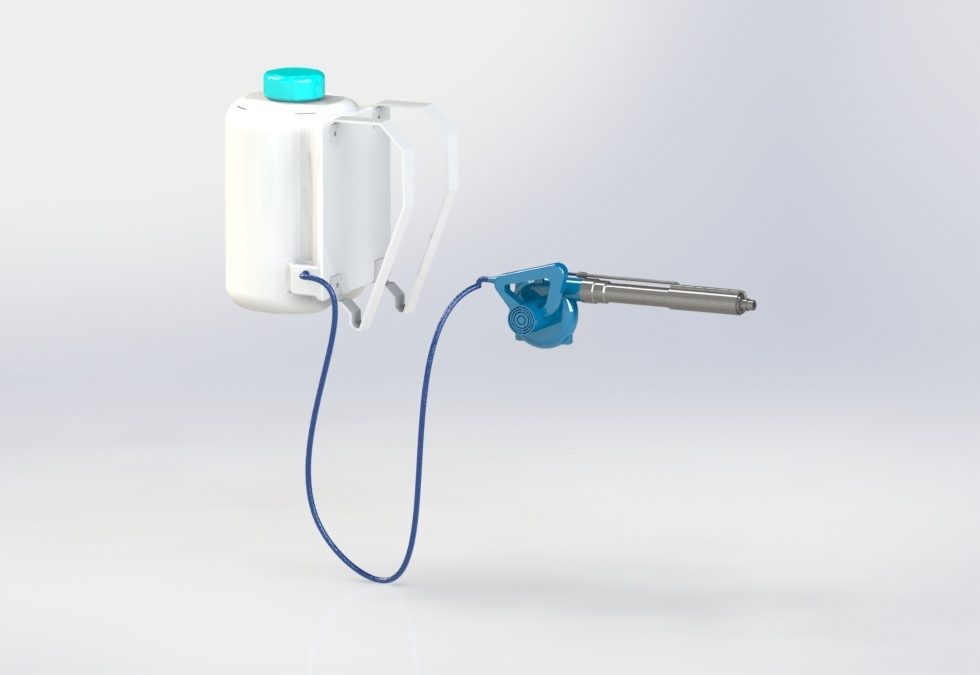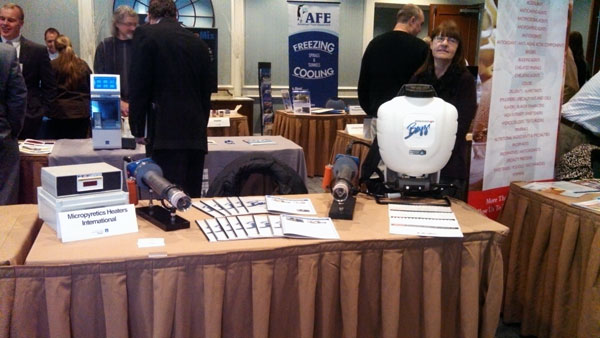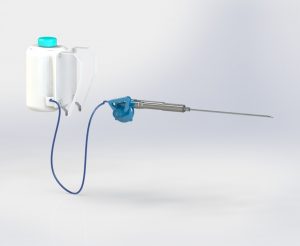Bongworldau.com: Your Ultimate Guide to Cheap Bongs
Discover Affordable Quality at Bongworldau.com
When you’re in the market for a new bong, you want something that not only looks great but also performs well. At bongworldau.com, we specialize in providing high-quality yet affordable options that won’t break your bank. Whether you’re a seasoned smoker or just starting out, our selection of cheap bongs will have something that suits your needs.Why Choose Bongworldau.com?
One of the biggest reasons to choose Bongworldau.com is the variety we offer. We’ve got everything from simple straight tube bongs to intricate percolator models, ensuring there’s a style that matches your aesthetic preferences and smoking habits. Our commitment to affordability doesn’t mean we compromise on quality. Every piece is crafted with durability and functionality in mind, so you can enjoy your purchase for years to come.Our collection includes materials such as glass and acrylic, each offering unique benefits. Glass bongs provide a cleaner smoke and are easier to clean, while acrylic models are more durable and resistant to shattering. No matter which material you prefer, you’ll find a range of designs and sizes to fit your lifestyle.Key Features of Bongworldau.com Cheap Bongs
Our cheap bongs come equipped with features that enhance both the look and functionality of the pieces. Many of our bongs include percolators, which improve filtration and reduce the harshness of the smoke. This means smoother hits every time, making your smoking experience more enjoyable.Additionally, some of our bongs feature splash guards and ice pinch holders, allowing you to chill your smoke further. These small details make a big difference, especially if you’re looking for a cool, smooth hit. Whether you’re a casual smoker or someone who enjoys smoking frequently, these features are designed to elevate your overall experience.Tips for Choosing the Right Cheap Bong
When shopping for a cheap bong, it’s important to consider your personal preferences and needs. If you’re someone who likes to keep things simple, a straight tube bong might be perfect. These models are straightforward in design, easy to use, and require minimal maintenance.For those who appreciate a bit more flair and functionality, bongs with percolators or diffusers can add a touch of elegance and performance. They’re ideal for users who want a smoother smoking experience without compromising on style.Lastly, think about where you’ll be using your bong. If you plan to take it on the go, an acrylic model might be more suitable due to its durability and resistance to breaking. However, if you’re mostly using it at home, a glass bong could be the way to go.Conclusion
At Bongworldau.com, we pride ourselves on offering a wide selection of cheap bongs that don’t skimp on quality. From sleek straight tubes to elaborate percolator models, our range caters to all tastes and budgets. So, whether you’re looking for a basic piece or a more complex design, our collection has something for everyone. Shop with confidence knowing that every bong is built to last and deliver the best possible smoking experience.E. Coli in Northwest marks Chipotle’s 3rd outbreak this year
E. Coli in Northwest marks Chipotle’s 3rd outbreak this year
 SEATTLE (AP) — Chipotle closed 43 of its Pacific Northwest locations after the chain’s third foodborne illness this year sickened about two dozen people.
SEATTLE (AP) — Chipotle closed 43 of its Pacific Northwest locations after the chain’s third foodborne illness this year sickened about two dozen people.
Cases of the bacterial illness were traced to six of the casual Mexican food restaurants, but the company voluntarily closed down all of its locations in Washington and the Portland, Oregon, area as a precaution as an investigation continues. Read more: Source: http://finance.yahoo.com/news/e-coli-northwest-marks-chipotles-170120226.html

MightySteam at the Ohio Food Industry Expo



How Clean are Your Surfaces?
Bacteria, fungi, mold and yeast are commonplace. Even on surfaces that appear visibly clean. Microbes can live on doorknobs, handles and commonly touched surfaces indefinitely sometimes in a dormant manner (see Germophobic.net). Some molds like can have long term consequences on your building structure and cause wood to rot. Resident bacteria can be the cause of corrosion of metals. (Some references for understanding how microbes may impact materials are e.g Fontana and Green, Corrosion Engineering (book), McGraw Hill Publications, additional references are listed in several review articles including http://www.scientific.net/KEM.521). Your local library may be able to obtain these reference materials for you.
According to the website Germophobic.net, more bacteria live on a well-used door knob than on your toilet seat. The same goes for the kitchen sink, especially around the faucets and in the drain. The “Health” magazine senior editor warns that your sink drain can harbor up to 500,000 bacteria per square inch. Not all microbes are harmful but if you find yourself with an overgrowth threatening the health of your family, frequent cleaning with a disinfectant and/or MightSteam™ is one way to control the problem. When steam is employed as an antimicrobial agent please try and use highly superheated-steam if available for your use. Regardless of what one reads, one should not develop a phobia (http://en.wikipedia.org/wiki/List_of_phobias) but instead consider positive ways to reduce any dangerous microbes.
But how do you guess the frequency of cleaning required and whether your cleaning method is adequate? The best solution is to work with a microbiologist – however some easy test kits are also available. To see how dirty your surfaces really are, consider testing them with any of the methods below or by serching for tests kits on search engines. There are a number of inexpensive test kits available to test many surfaces. Some of the popular ones are listed below. Kit manufacturer should be able to directly give you more details on reliability, allowed use and other specific details for viruses, bacteria, molds and yeasts.

SaniZap and Weed Killer Extender
Microbial Test Kit from Schulke
Corona-virus and how long does the virus stay on objects?
Typical Objects and Surfaces (source).
The virus could spread by touching an object or surface with virus present from an infected person, and then touching the mouth, nose or eyes. Much is still unknown here are examples with their sources listed. Bayzi has not independently verified the authenticity of the sources.
Surface contamination as observed in the study cited above [source]:
- Computer mouse (ICU 6/8, 75%; GW 1/5, 20%)
- Trash cans (ICU 3/5, 60%; GW 0/8)
- Sickbed handrails (ICU 6/14, 42.9%; GW 0/12)
- Doorknobs (GW 1/12, 8.3%)
76.5% of all personal items sampled at the University of Nebraska Medical Center (UNMC) were determined to be positive for SARS-CoV-2 [source]
Of these samples, 81.3% of the miscellaneous personal items were positive by PCR, which included:
- Exercise equipment
- Medical equipment (spirometer, pulse oximeter, nasal cannula)
- PC and iPads
- Reading glassesOther findings:
- Cellular phones (83.3% positive for viral RNA)
- Remote controls for in-room TVs (64.7% percent positive)
- Toilets (81.0% positive)
- Room surfaces (80.4% of all sampled)
- Bedside tables and bed rails (75.0%)
- Window ledges (81.8%)
Duration of contamination on objects and surfaces
Although the virus titer was greatly reduced, viable SARS-CoV-2 was measured for this length of time:
- Plastic: up to 2-3 days
- Stainless Steel: up to 2-3 days
- Cardboard: up to 1 day
- Copper: up to 4 hours
[source]
- HEALTHYSURFACE®
- STEAM SANITATION and DECONTAMINATION
- HOUSEHOLD CLEANING
- PEST CONTROL
- STEAM CLEANING STUDIES
- FOOD HANDLING/PROCESSING/SURFACES
- COMPARING PEST CONTROL METHODS
- KILLING BED BUGS ORGANICALLY
- BIRD DROPPINGS REMOVAL
- STEAM TREATING NOROVIRUS
- STEAM FACTS
- SAFETY INFORMATION
- SOIL AND PLANT CLEANING
- SANIZAP® TECHNOLOGY
